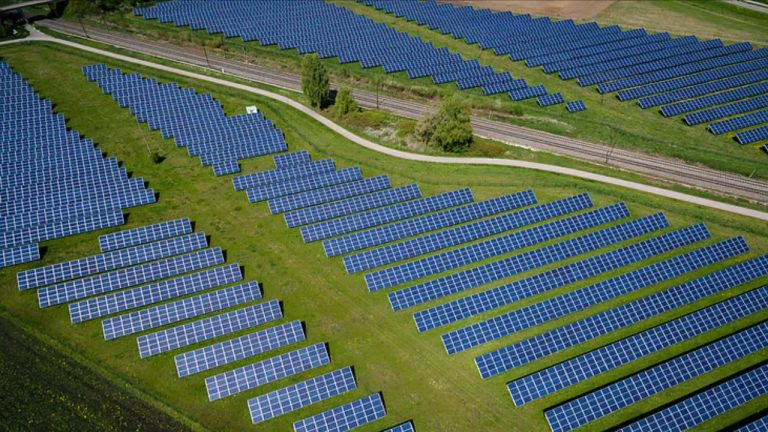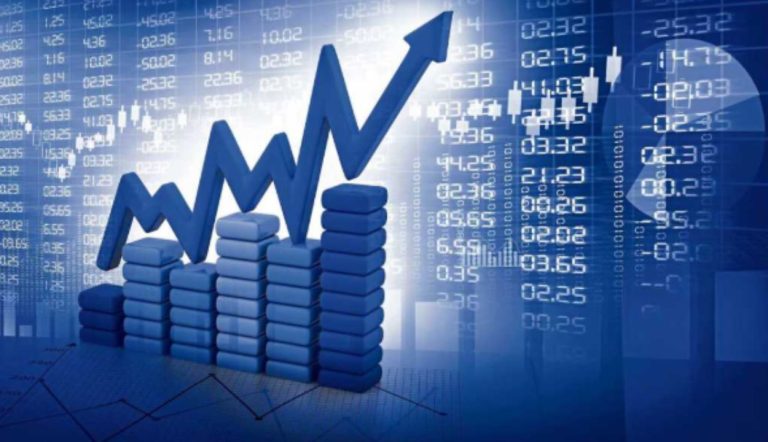Australia, NZ dollars Scale Two-Month Highs, RBA Hawkish on Easing
Despite Australia’s central bank sounding hawkish about potential rate cuts, concerns about a global trade war somewhat subsided on Friday, and the Australian and New Zealand dollars remained close to two-month highs.
Governor Michele Bullock has stated that cuts are not a given, indicating that the Reserve Bank of Australia is not in a rush to ease again after doing so for the first time in four years this week.
Future rate reduction will likely be more a matter of benign inflation readings allowing the RBA to eliminate the restrictive aspect of policy settings rather than economic weakness demanding easing, said Andrew Ticehurst, an economist at Nomura.
After the next RBA meeting on April 1, the inflation data for the first quarter is not expected until late April. We retain our expectations of a 25bp rate reduction in May and August, and on the strategy side, we have a strategically favorable view on AUD, said Ticehurst.
The message has been understood by the markets, which indicate a slight possibility of a cut in April, increasing to 68% for a move in May. Only 40 basis points are currently factored in for this year.
On Thursday, U.S. President Donald Trump boosted the Antipodeans by stating that a trade agreement with China was “possible, but without offering any specifics.” Australia’s largest export destination is China, and a trade war between the US and China may hurt the country’s economy and resource consumption.
A breach of support above $0.6331 has pressured a market extremely short of Aussie. At the same time, a general relaxation of tariff fears and a decline in Treasury rates have caused the U.S. dollar to decline generally.
After rising 0.9% overnight and reaching as high as $0.6408, the Australian dollar ended the day at $0.6403. At $0.6409, it was now just a hair’s breadth away from breaking the 100-day moving average and paving the way for $0.6547.
The Kiwi dollar jumped 1.0% overnight to overcome resistance at $0.5750 but stayed steady at $0.5766. The price of $0.5799 is the next hurdle. “Markets have been able to look elsewhere due to the uncertainty surrounding Trump 2.0 tariff policies being delayed until Q2,” stated Ray Attrill, head of FX strategy at NAB.
He cautioned that if the United States proceeds with significant tariffs on China, the Australian dollar may go below $0.6000. “But the real test will only come in April once the full extent of Trump’s tariff policy intentions is better known,” he warned. (Editing by Michael Perry; reporting by Wayne Cole).







